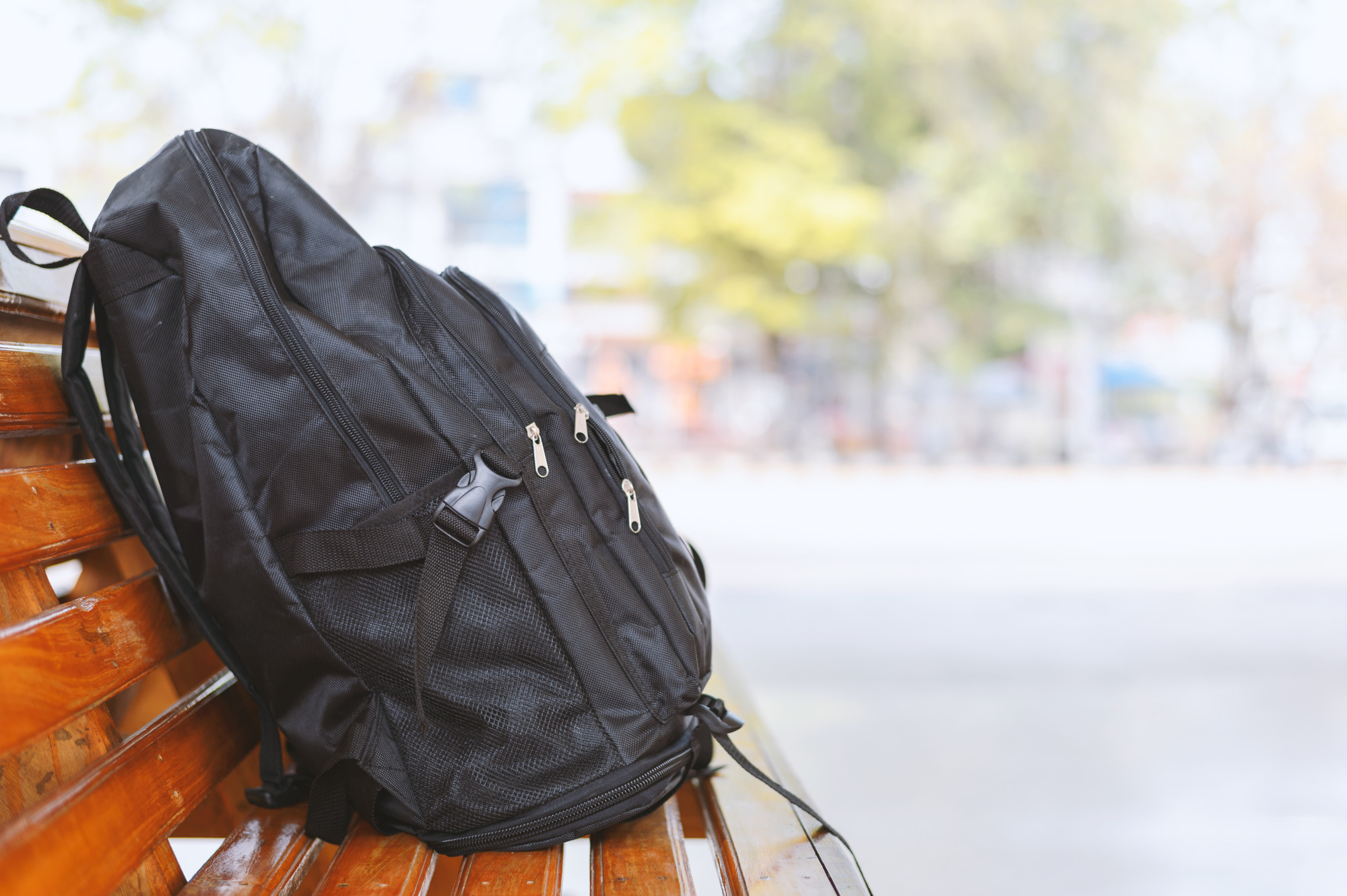
Backpacks are honestly overrated. Where else can you find an item that allows you to carry so many things while remaining comfortable? If you have a backpack, you have to make sure you have the right one for you, otherwise, say hello to back pain.
There are close to 65 million Americans suffering from back pain and other back-related issues. This affects about 8% of all adults and that percentage might very well include you or someone you know. Not only that, but this affects children and teens, a problem as this can evolve into something more serious.
One of the factors that contribute to back pain is in the incorrect use of backpacks. Let us look at these steps and learn how to wear a backpack properly.
Read on and you can see how you can prevent back pain and learn how to wear a backpack properly.
1. Do Not Overload the Backpack
Regardless of size, design, and capacity, a heavy backpack will put strain on your body. It may seem alright at first, but the strain affects you the longer you carry the load. This leads to aching shoulders and can cause back pain.
You need to consider other problems, like how weight affects a person’s balance while walking. Another problem is the possibility that the backpack may lose its durability and rip apart. Neither scenario seems ideal for you or your backpack.
When loading your backpack, take note that you should not exceed 10% of your body weight. For example, a person weighing 150 pounds should load only as much as 15 pounds for everyday use. This allows for easier mobility and makes sure that you can carry the load.
For overnight use or a multi-day hike, consider loading up to 20% of your body weight. If you have no problems in carrying heavier loads due to your body strength, you may go ahead and increase the load. As long as you do not overload your pack to the point that you feel pain or fatigue, you should be fine.
2. Choose the Right Backpack
Of course, before learning how to wear a backpack, you must first pick a backpack. In doing so, you have to think about two factors.
First, think about what you plan to use the backpack for. In this case, think about whether you plan to use the backpack for everyday trips. This usually means carrying handheld items like books or mobile devices. Or, you might want a bigger backpack that you can bring during a hike.
Next, think about the features and materials on this backpack that could help you. Pay attention to the material of the pack itself and how many pockets and compartments it has. Look at the features of the straps, if it has adjustable pieces and if the bag comes with a hip belt.
Backpacks vary depending on shape and design to suit its wearer best. For instance, the best backpacks for high school girls would have a set of features that take note of the stylish design and everyday functionality.
3. Check the Backpack for a Proper Fit
Let us go into detail as to how to get the proper fit for your backpack. You have to check three major points here to ensure a good fit.
The first part you need to look at is the torso length of the backpack. Women and children have a shorter torso length compared to men. This is important as most backpacks on the market have the male torso lengths in mind.
To measure the length of your torso, grab some measuring tape. Start measuring from the hip then up to the point on the shoulder (where it meets the neck).
After that, check the shoulder straps. Regular, everyday backpacks have shoulder straps with padding. Some even come with chest straps to keep everything in place.
Hiking backpacks have a more specialized shape with their straps. These also come with a hip belt to keep things in place. In this case, the idea is to evenly distribute weight around the body and reduce strain.
A rule of thumb for all backpacks is to make sure it doesn’t cause your shirt to pull up or hike from behind.
4. Wear Both Shoulder Straps
In wearing a backpack correctly, make sure to wear both straps. The point is to distribute the weight towards the center of your body. With proper weight distribution, you can avoid straining your shoulders.
With that said, avoid single strapping your backpack. While it is a stylish way to carry your backpack, it will put all pressure on one shoulder. This can affect your posture and will cause pain towards the neck and shoulder.
5. Do Not Let the Backpack Hang Low
One other thing you need to pay attention to is how high or low the backpack should be when wearing both shoulder straps. Wearing it low can cause a lot of strain and pressure towards the shoulders and lower back.
The result of a low-hanging backpack is the tendency to lean forward while walking. This can pose problems to your posture, as well. The other problem would be the backpack swaying as you walk, which leads to discomfort for your shoulders.
Avoid this by adjusting the straps of your backpack. Make sure that the backpack is high on your back and the shoulder straps feel comfortable on your shoulders. Don’t let the backpack extend past your waist. Rather, let it ride an inch above your waist or more.
This way, you can keep the backpack secure while easing up the strain and pressure on your shoulders and back.
Now You Know How to Wear a Backpack Properly
Now that you know how to wear a backpack properly, you can maintain proper posture and avert back pain and other related injuries. The proper way to wear a backpack to keep mobility and comfort in mind at all times. Now you can use backpacks without complaining about back pain.
Did you find this useful? We also have other articles that cover various topics for you to read on. Including ones pertaining to health and more. Feel free to check our selection for more.





